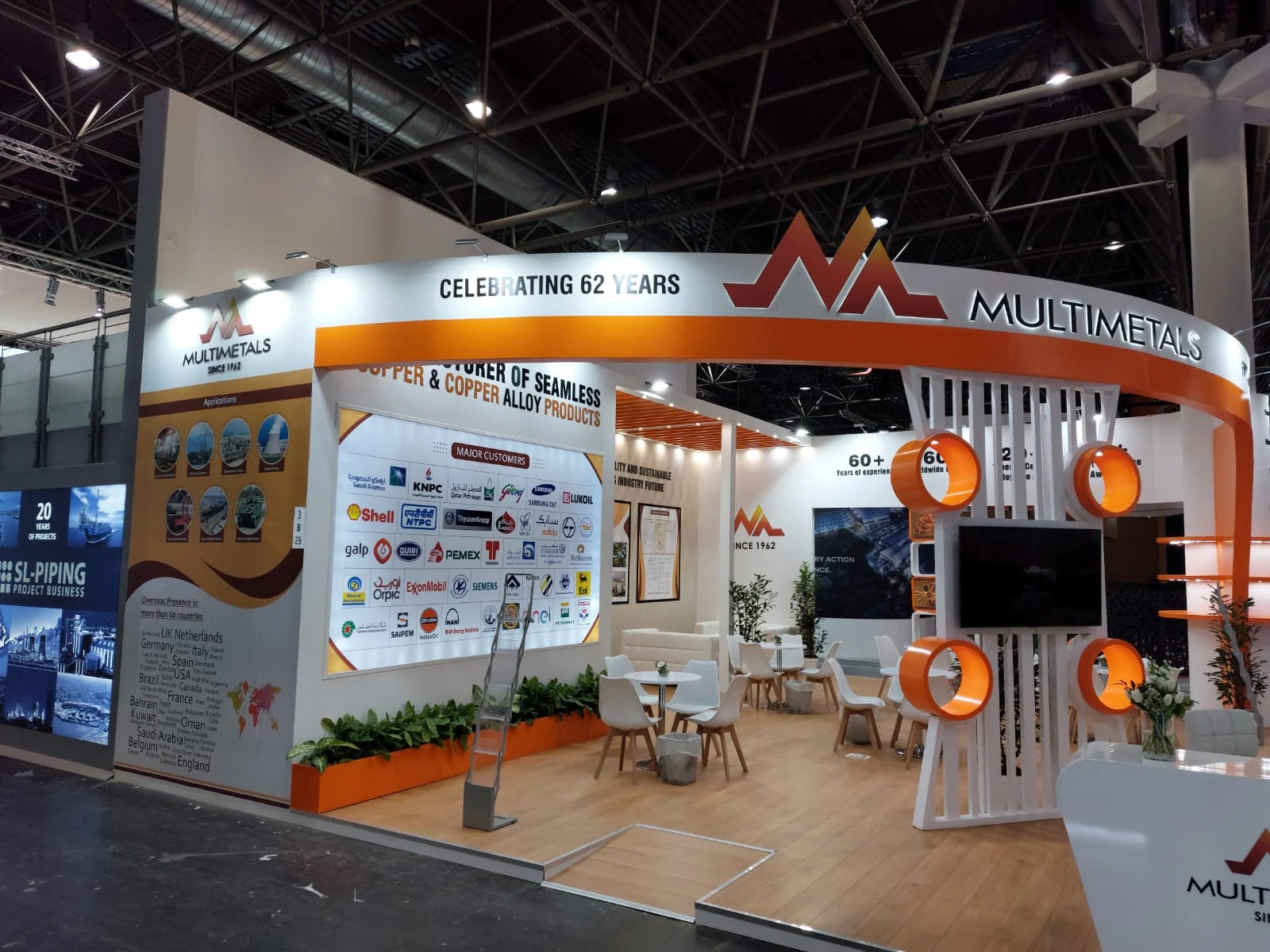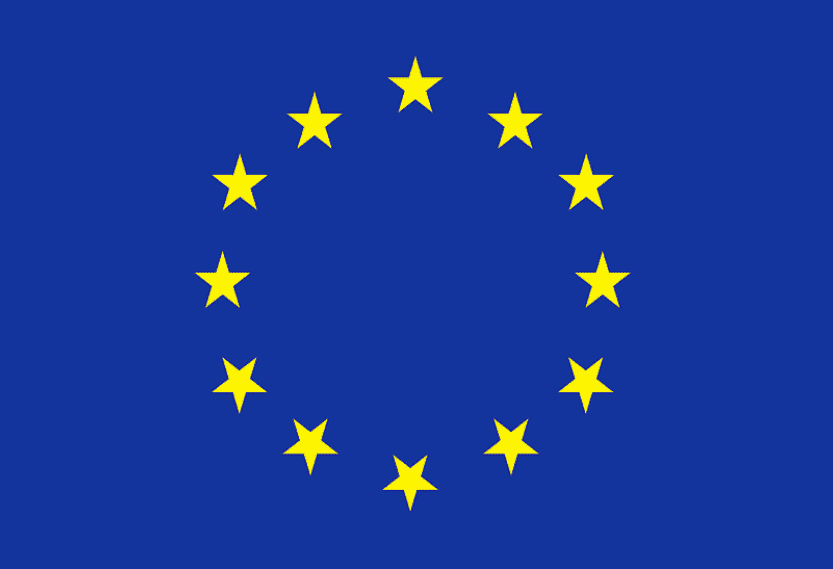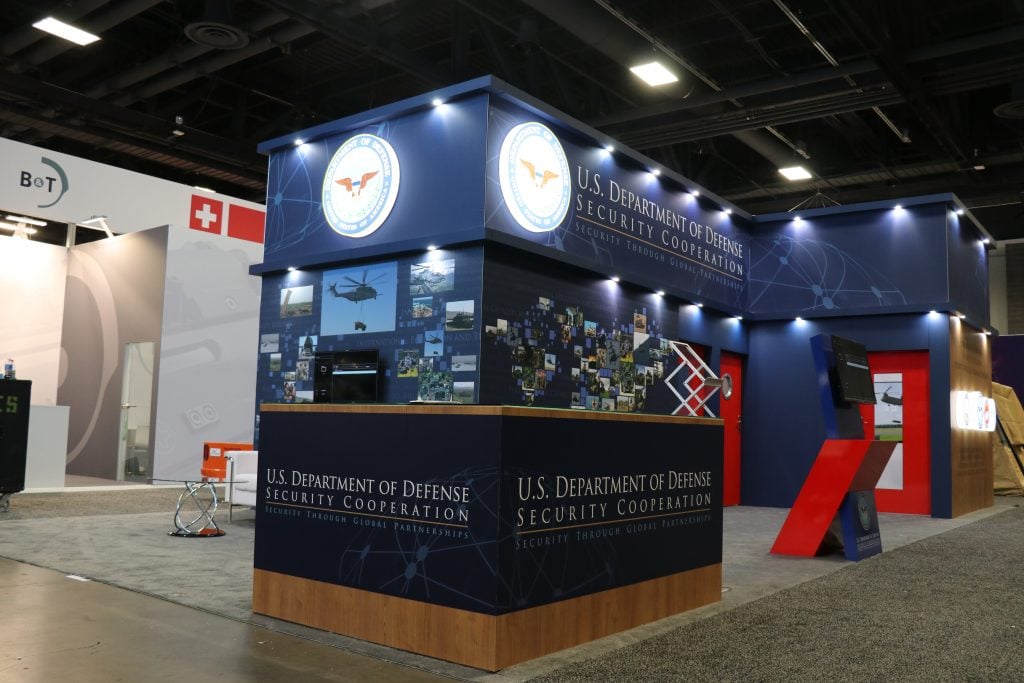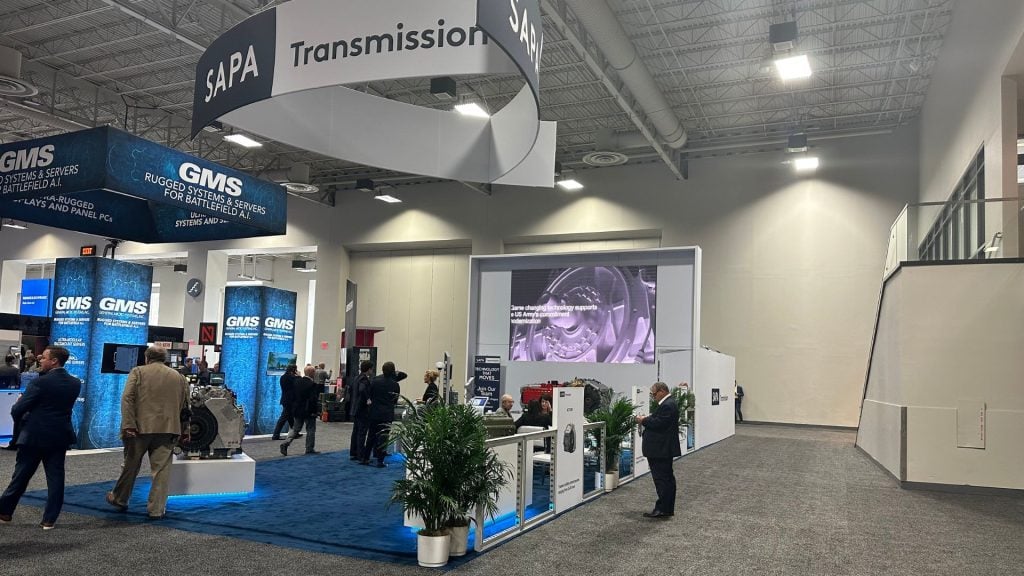
Introduction
The visual appeal of a trade show booth plays a significant role in attracting attendees, but have you ever considered how color influences their perception and engagement? Understanding the psychology of color can help you design an exhibit that not only grabs attention but also communicates your brand’s message effectively.
Why Color Matters in Trade Show Exhibits
Colors are powerful tools that evoke emotions, influence decisions, and leave lasting impressions. In a bustling trade show environment, the right color palette can set your booth apart and draw attendees to your space.
Key Benefits of Strategic Color Use:
- Enhances brand recognition.
- Evokes desired emotions and responses.
- Creates a cohesive and memorable booth experience.
Understanding the Psychology of Colors
Each color carries specific psychological associations that influence how people perceive your brand. Here’s a breakdown of common colors and their effects:
Blue: Trust and Professionalism
Blue is associated with stability, trust, and dependability. It’s ideal for industries like finance, technology, and healthcare.
Example: A tech company might use shades of blue to emphasize innovation and reliability.
Red: Energy and Urgency
Red is a bold color that captures attention and conveys passion or excitement. However, it should be used sparingly to avoid overwhelming attendees.
Example: A brand launching a new product might incorporate red accents to create urgency.
Green: Growth and Sustainability
Green symbolizes nature, health, and sustainability. It’s perfect for brands emphasizing eco-friendly practices.
Example: An organic food brand might use green to highlight its natural ingredients.
Yellow: Optimism and Warmth
Yellow exudes positivity and friendliness. It works well for brands aiming to appear approachable and fun.
Black and White: Elegance and Simplicity
Black and white offer a timeless and sophisticated look, making them popular for luxury brands or minimalist designs.
How to Choose the Right Colors for Your Booth
Align with Brand Identity
Your booth’s color palette should reflect your brand’s identity. Use your logo and branding guidelines as a foundation for the design.
Consider the Audience
Different demographics respond to colors in unique ways. Tailor your color choices to resonate with your target audience.
Example: Millennials may gravitate toward bold, vibrant hues, while professionals might prefer subdued tones.
Create Visual Hierarchy
Use contrasting colors to guide attendees’ attention to key elements of your booth, such as product displays, signage, or interactive features.
Combining Colors for Maximum Impact
Complementary Colors
Colors opposite each other on the color wheel (e.g., blue and orange) create a vibrant and energetic effect.
Analogous Colors
Colors next to each other on the wheel (e.g., green, blue-green, and blue) provide a harmonious and calming feel.
Monochromatic Schemes
Different shades of a single color can create a clean, cohesive look, ideal for brands focusing on elegance or simplicity.
Color in Lighting and Graphics
Color doesn’t just apply to walls or furniture—it extends to lighting and graphics.
Dynamic Lighting
LED lights can change colors to match different moods or themes throughout the event, adding an interactive element.
High-Quality Graphics
Ensure your graphics have consistent and vibrant colors that don’t fade under trade show lighting conditions.
Testing Your Color Strategy
Before finalizing your booth design, test your color palette under various lighting conditions to ensure it has the desired effect. Conduct surveys or gather feedback from team members and potential attendees to refine your choices.
The Future of Color in Exhibit Design
As trade show technology advances, expect innovations like color-changing materials, augmented reality (AR) overlays, and interactive color experiences. Staying ahead of these trends can give your booth a competitive edge.Color is more than just a visual element; it’s a strategic tool that can transform your trade show booth into an engaging and memorable experience. By leveraging the psychology of color, you can connect with attendees on an emotional level and leave a lasting impression.


 Global
Global Europe
Europe

